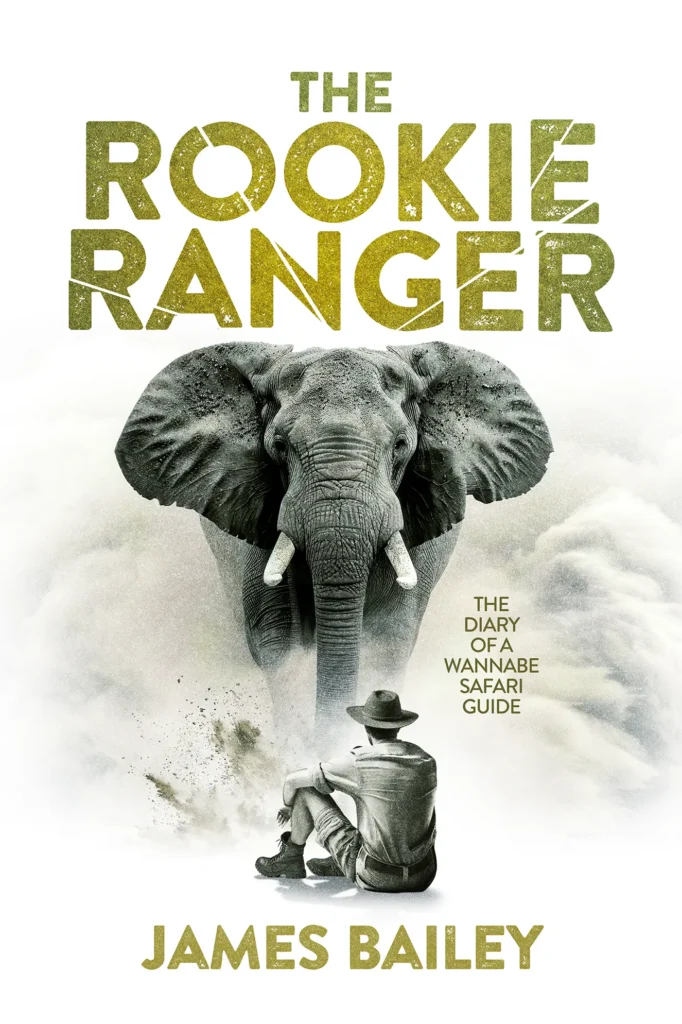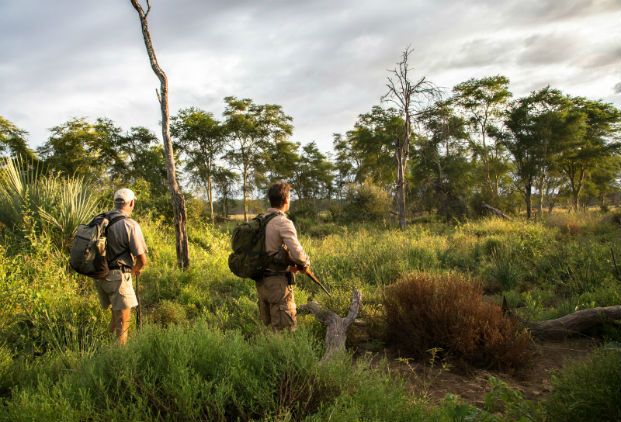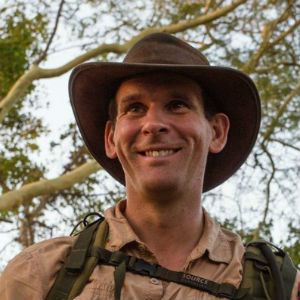The Rookie Ranger: The Diary of a Wannabe Safari Guide
Release Date: 28th February 2025
Welcome to the world of The Rookie Ranger, a compelling safari memoir that chronicles one man’s transformative journey into the heart of Africa’s wilderness. Set against the breathtaking backdrop of Kruger National Park, this travel adventure offers a raw and exhilarating account of one man’s leap into the unknown, rediscovering purpose and passion amidst the wilds of South Africa.
The Rookie Ranger is available on Amazon at:
United Kingdom | United States
Australia | Brazil | Canada | France | Germany | India | Italy | Japan | Mexico | Netherlands | Poland | United Kingdom | United States | Spain | Sweden
The Rookie Ranger is also available as an ebook at these stores:
Apple Books | Barnes & Noble | Everand | Kobo | Palace Marketplace | Smashwords | Thalia | Vivlio
https://books2read.com/the-rookie-ranger

The Safari Memoir, The Rookie Ranger: The Diary of a Wannabe Safari Guide, is available to purchase online as a Paperback and Ebook.
An African Wildlife Adventure and Career Transformation
At 38, James Bailey faced a crossroad: battling low confidence at work and reeling from a breakup, he took a bold step many would call a midlife crisis. Instead of retreating, James packed his oversized bag—fondly nicknamed ‘Baby Elephant’—and set off on a life-altering journey to pursue his dream of becoming a wildlife guide.
This diary-style narrative invites readers to walk alongside James as he transforms from a museum executive to a certified Lead Trails Guide. From thrilling encounters with South Africa’s Big Five to the arduous training required to earn his stripes, this memoir offers a rare glimpse into the trials, triumphs, and beauty of life in the wilderness.

Experience Kruger National Park Through a Fresh Lens
The Rookie Ranger immerses readers in the untamed splendor of South African wildlife. From living in an unfenced camp to navigating the intricate art of animal tracking, James’s story highlights:
- High-stakes moments, like facing charging elephants or guiding tourists through unpredictable terrains.
- Conservation challenges, where poaching, sustainability, and human-wildlife conflict take center stage.
- Heartwarming characters, such as Innocent Crocodile, a poacher turned gamekeeper, and Alan, the elephant whisperer who has James sitting at the feet of wild elephants.
Each page is infused with James’s passion for nature, the thrill of discovery, and the soul-stirring beauty of the African veld.

A Personal Journey of Growth and Resilience
James’s path to becoming a safari guide is more than a wilderness experience—it’s a story of professional development, self-discovery, and courage. Readers will relate to the universal themes of overcoming adversity, embracing new challenges, and finding joy in the unfamiliar.
As James learns the ropes of guiding in one of the most remote parts of Kruger National Park, his story also reflects the broader struggles and triumphs of anyone undertaking a midlife transition.
The Rookie Ranger is available to purchase online as a Paperback and Ebook.
Nature Writing That Captures the Heart
The Rookie Ranger is a celebration of nature and humanity’s place within it. Through vivid descriptions and diary entries, James brings the African landscape to life, making this book a must-read for fans of nature writing, conservation, and travel adventure.
About the Author
James Bailey’s story proves that it’s never too late to follow your dreams. At 38, he left behind a corporate career to chase his lifelong passion for African wildlife. After a year of intensive training, he qualified as an accredited Lead Trails Guide. Now back in the UK, James lives in Hampshire with his wife and two sons. He remains deeply connected to wildlife conservation, serving as a Trustee of an international charity.

Why You Should Read This Book
- For a first-hand safari memoir brimming with authentic tales of adventure.
- To experience the beauty and danger of South African wildlife through James’s eyes.
- To explore the challenges and triumphs of a daring career transformation.
- To gain an insider’s perspective on the rich culture and wildlife of Kruger National Park.
- For inspiration to embrace your own personal journey—no matter your stage in life.
Order Your Copy Today
The Safari Memoir, The Rookie Ranger: The Diary of a Wannabe Safari Guide, is available to purchase online as a Paperback and Ebook.
